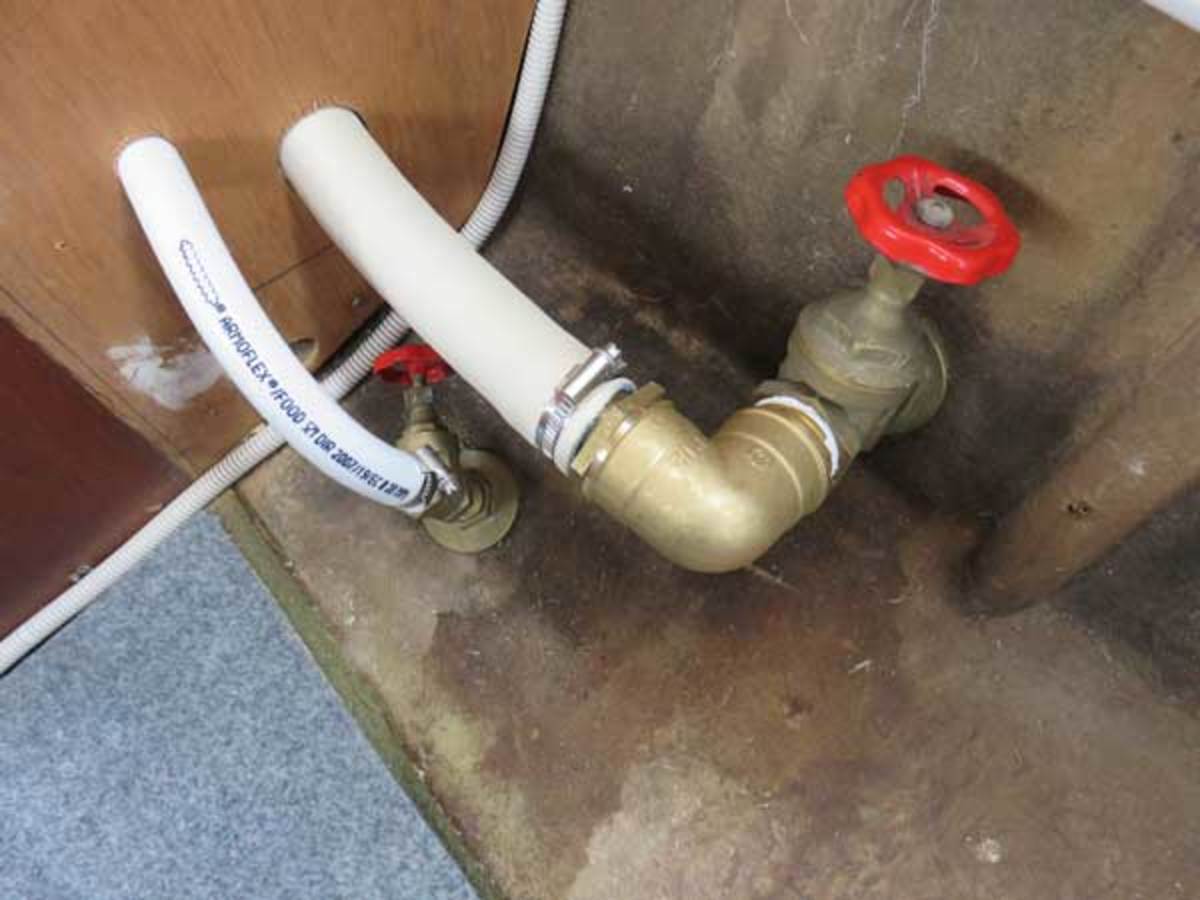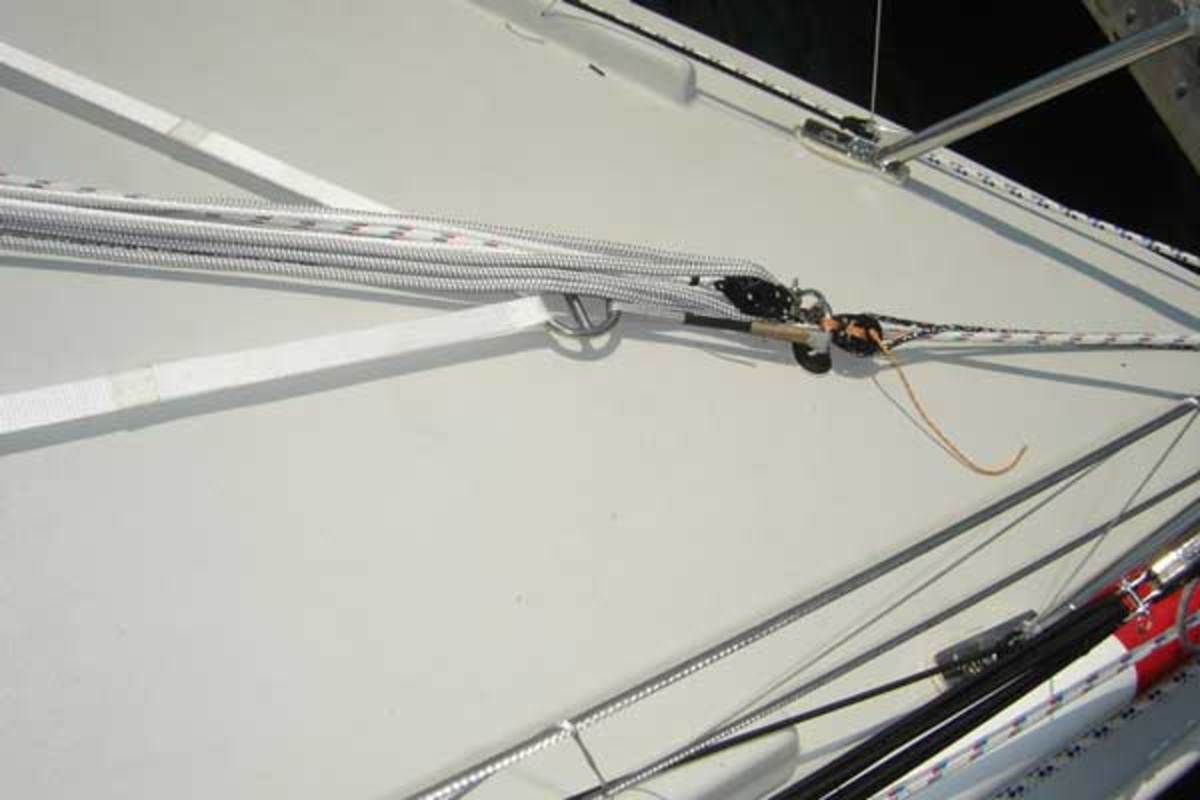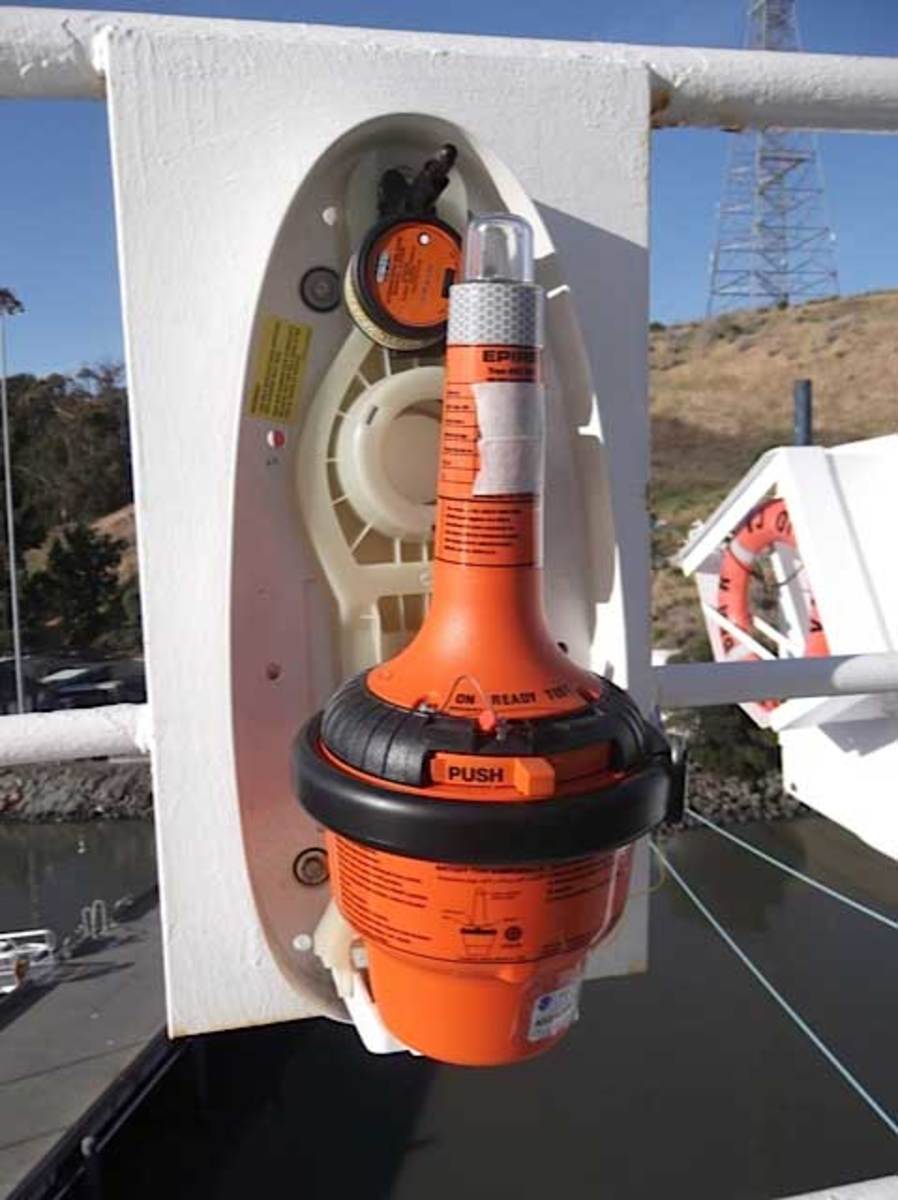I was never what you’d call a “good” student. Don’t get me wrong — I could learn, but if it wasn’t an easy-A class, I wasn’t getting an A. Books were not my thing, and the honor roll was not on my radar.
My habits changed as I got older, but only if the subject had real context for me. If my brain couldn’t tie the material to a real-world application, I wasn’t going to grasp it very well.
One of the last courses I took in my 22 years of service was the Coast Guard’s Marine Inspector Course in Yorktown, Virginia. The number of books for this course was intimidating. There were about 5 feet of them on our 6-foot-wide desks. Five feet of federal and international regulations to learn, all to do with the safe operation of vessels. I was completely lost for the first week until that first weekend. I was up late studying (Mom would be proud), and I noticed a pattern in the rules — a context I could latch on to.
Every rule ever written into federal or international regulation for the safe operation of vessels at sea pertains to one of five basic rules. The books on my desk were filled with rules for different types of vessels, from tugboats to tall ships, but the rules all applied to five specific areas of concern. I wrote them down in my notebook under the header, “The Five Rules of Safety at Sea.”
My hope is that these five basic rules will give you the context you need to make smart decisions about your safety on the water.
Rule 1: Keep the water on the outside of the boat.
Every regulation about hull materials and thicknesses, all the laws that pertain to bilge pumping and sea valves, everything to do with sea valves and spare hose clamps and gaskets on strainers — all of this pertains to the first (and most important) rule of boating: Keep the water on the outside of the boat.

Failed through-hull fittings are among the most common causes of flooding on boats.
It doesn’t take a valedictorian to know that a hole in the bottom of the boat is bad, but water creeps into vessels in other ways — most often through holes drilled into the hull intentionally. Leaking or busted valves and hoses are the most common cause of flooding on boats, but shipping water over the bow or a hard-driving rain can cause problems, as well. The watertight envelope of your boat is what makes it a boat. Keep this rule in mind — first and always.
Rule 2: Keep all the bad stuff that’s inside the boat inside the boat.
Regulations about trash and sewage discharge are obviously tied to this basic rule, but other regs also fall under this one. Securing valves on discharge lines — even benign bilge pump lines in non-engineering spaces — is a regulation (for the pros) to keep bad stuff that spills inside the boat from pumping overboard.
However, these rules don’t just keep the environment safe; they also can have immediate consequences for boaters. How secure is the fuel in your fuel tank? When is the last time you inspected your fuel tank (or holding tank). The bad stuff on your boat can cause very real problems if it doesn’t stay where it was intended to stay. And fuel finding its way to anything but the engine can obviously cause real problems, especially if you have an issue that relates to Rule 3.
Rule 3: Keep the boat from catching fire or blowing up.
What size wire are you allowed to use for running DC power through your bulkhead? What kind of terminations can you use? Does that fuse panel have to be waterproof? Regulations about exhaust and ventilation fans in gasoline engine spaces, lighting circuitry, the number of fire extinguishers you should have aboard, the type of paint or materials you should use — these rules are intended to keep the boat from catching fire or blowing up.
Hands-down the hardest part of converting a recreational boat to a passenger vessel is meeting federal requirements for electrical wiring. Nothing is as inescapable as a fire on a boat. Keep an eye on your electrical system and ventilation in the engine spaces as if your life depends on it — because it does.
Rule 4: Keep everyone who’s on the boat on the boat and healthy.

Jacklines should be carefully rigged under control lines and sheets so that a sudden tack or jibe doesn’t interfere with the tether.
Are your deck rails of sufficient height and strength to keep someone from falling overboard? Commercial boats have at least meter-high railings that are tested for strength. Do you use jacklines when sailing in heavy weather? Have you thought about investing in a medical kit and training to handle the sick or injured? This rule accounts for so many of the regulations regarding training and drills, as well as the physical layout of the deck and other safety considerations.
The next time you are underway, take a look around and decide how easy it may or may not be to suffer an unintentional departure from the vessel.
Rule 5: If any of the above changes, call someone.
I’ve rarely seen an at sea emergency where the outcome wouldn’t have improved if the boater had called at the first sign of a problem. Failure to notify the Coast Guard is the most common misstep by professional mariners. Here is some context: More water coming into the boat than you can pump out is called sinking. You should contact the Coast Guard, even if you think you might be able to get ahead of it.

The sooner the Coast Guard knows you require assistance, the faster help will be on the way.
This rule encompasses all the regulations for distress communication requirements, communication gear requirements, EPIRBs and other communications gear. The ability to let someone know you are having an issue is what gives most of us the nerve to lose sight of land.
If anything starts to go wrong with the first four rules, the last one is there to help you. Make sure you have the gear and a plan to use it should something go wrong.
I’ve discussed my five rules when talking with boaters and professional mariners, and I always get the same challenge: What about all the regulations about charts and navigation lights and COLREGs, for crying out loud?
I’m a good student now, and I come prepared with a good answer:
You mean those regulations that keep us from running aground or running into each other? Those exist so we do not punch holes in our hulls and take on water, spill stuff in the ocean, catch fire and force everyone to jump overboard.
See Rules 1 through 4.

